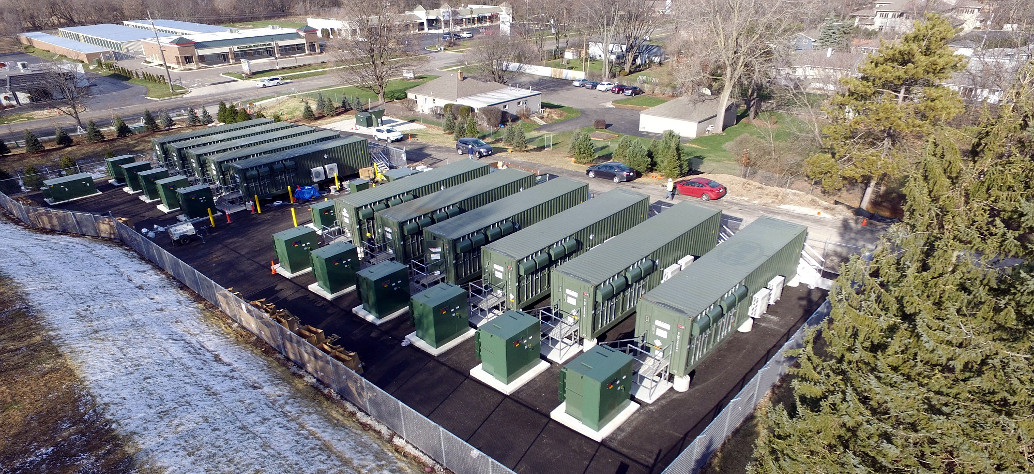The Energy Storage Association (ESA) has released a white paper “35 x 25 A Vision For Energy Storage”, calling for the the installation of 35 or more gigawatts (GW) of energy storage capacity in the United States by 2025. This goal would be an enormous jump from the present U.S. installed capacity of about 500 megawatts. The overarching theme of the report is the need to transition what is still a 20th century electrical grid into the 21st century. The proposed 18-fold annual increase in energy storage in seven years would mirror the solar industry’s growth in the past seven years.
The white paper describes an electric grid still based on centralized power plants, transmission and distribution increasingly incapable of satisfying rapidly changing consumer demands, risk of climate extremes, and disruptions and threats to operations. Meeting these requirements has caused utilities to spend every increasing amounts at diminishing returns and efficiency to avoid disruption, namely grid outages. The term “Value or Loss Load” (VOLL) is used to describe the losses to utilities, which can run as high as $20,000 per megawatt-hour. The cost to the U.S. economy from outages is also significant, running as high as $150 billion in the past year.
The growth of solar and other forms of intermittent power generation, the onset of electric vehicles, electricity demand and consumption being more efficient, precise and instantaneous means this isn’t our parents’ electricity system anymore. The ESA proposal is to create a disruption proof grid in which energy storage would play a major role.
The electricity related values of a 35 GW energy storage deployment would include generation capacity, transmission and distribution asset optimization, frequency regulation, volt-ampere reactive (VAR) support, renewable ramping and smoothing, and increased residential, commercial and industrial customer onsite value. Increased energy storage would reduce pollution and power outages, and enable the greater integration of renewable energy, electric vehicles and the growing electrification of buildings and industry on the grid. Responses or anticipation time to changes or threats would be reduced from hours or minutes to seconds or fractions of a second, and wasteful standby or spinning reserves can be reduced or eliminated.
Regionally, the ESA paper envisions the Southwest U.S. and Hawaii getting the largest share of energy storage, 34% or 12.1 GW. Next would come the Northeast U.S. at 28%, or 12.1 GW, the Southeast U.S. at 19%, or 6.7 GW, and the Central and Midwest U.S. at 6% or 2.3 GW. Deployment would be for peak shaving or demand, integrating wind and solar installations, and modulating or backup in the event of severe weather. The technical achievability of this ambitious goal is highlighted by the procurement and installation of over 70 MW of energy storage in under six months at Aliso Canyon, California after the catastrophic 2015 natural gas leak and fear of power shortages.
The challenge put forth by the ESA white paper is the need to align the fast drop in cost, increase in economy of scale and development of supportive technologies of energy storage with the far slower pace of legislative and regulatory process, as well as the hesitant or hostile response by the utility community.
This content is protected by copyright and may not be reused. If you want to cooperate with us and would like to reuse some of our content, please contact: editors@pv-magazine.com.








By submitting this form you agree to pv magazine using your data for the purposes of publishing your comment.
Your personal data will only be disclosed or otherwise transmitted to third parties for the purposes of spam filtering or if this is necessary for technical maintenance of the website. Any other transfer to third parties will not take place unless this is justified on the basis of applicable data protection regulations or if pv magazine is legally obliged to do so.
You may revoke this consent at any time with effect for the future, in which case your personal data will be deleted immediately. Otherwise, your data will be deleted if pv magazine has processed your request or the purpose of data storage is fulfilled.
Further information on data privacy can be found in our Data Protection Policy.